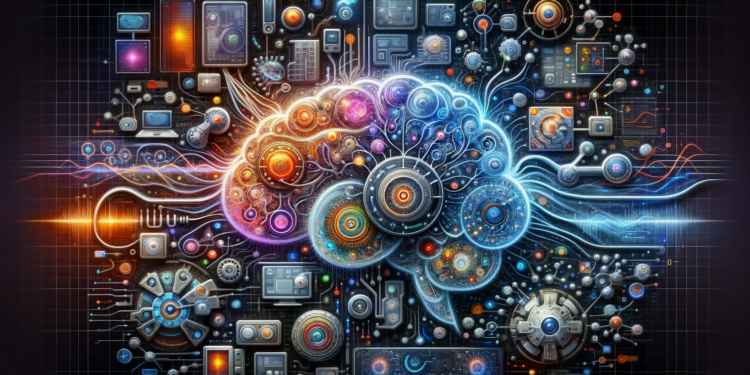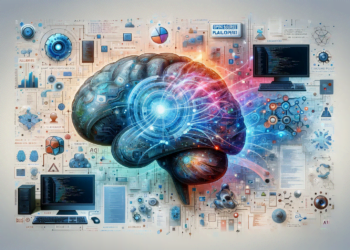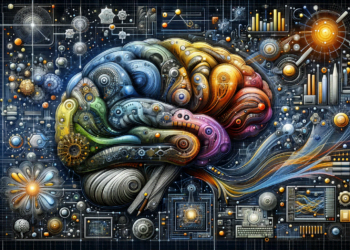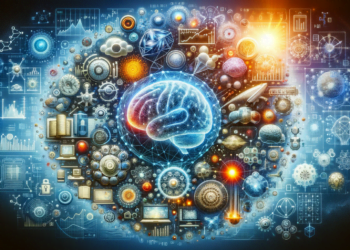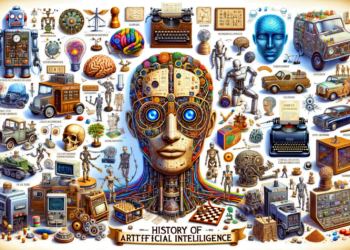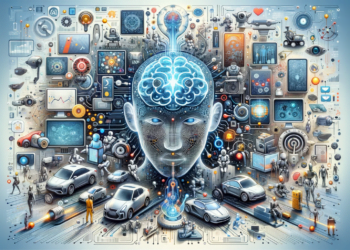In the quest for general artificial intelligence (AGI), where machines can perform any cognitive task that humans can, two fields have emerged as fundamental pillars: machine learning (ML) and deep learning (DL). These subdomains of artificial intelligence have demonstrated substantial advances, laying the groundwork for systems that can approach performing tasks with a degree of intelligence comparable to humans.
Fundamental Theories and Recent Advances
Machine learning, as a pillar of AGI, is based on the idea that machines can learn from data, identify patterns, and make decisions with little to no human intervention. One of the most significant theoretical advancements in ML has been the development of supervised, unsupervised, and reinforcement learning algorithms.
Supervised Learning and Deep Neural Networks
In supervised learning, deep neural networks (DNNs), a type of DL model, have revolutionized pattern recognition capabilities. DNNs can model complex functions thanks to their architecture of multiple layers, which mimics the neuronal connectivity of the human brain. The current focus in optimizing these networks is through techniques such as dropout to prevent overfitting and batch normalization to speed up training.
Unsupervised Learning and Autoencoders
On the unsupervised learning front, autoencoders have gained attention. These systems learn to encode inputs into smaller representations and then reconstruct the original input from that representation. Their importance lies in the ability to learn representations of unlabeled data, which is crucial in building an AGI that cannot rely solely on data labeled by humans.
Reinforcement Learning and Sequential Decisions
Reinforcement learning, highlighted by applications like DeepMind’s AlphaGo system, uses an approach where an agent interacts with an environment and tries to maximize some notion of cumulative reward. Advances such as policy gradients and Q-learning algorithms have brought this field closer to producing agents capable of making intelligent sequential decisions.
Innovations in Algorithms and Hardware
The evolution of ML and DL algorithms has gone hand in hand with innovations in hardware. Graphics Processing Unit (GPU) processors have been crucial for the efficient training of models, especially those with large volumes of data and complex architectures. More recently, Google’s Tensor Processing Units (TPUs) and Application-Specific Integrated Circuits (ASICs) are enabling even faster and more energy-efficient training.
Practical Applications and Case Studies
Personalized Medicine
A field that illustrates the impact of ML and DL on AGI is personalized medicine. Predictive models can analyze genomic sequencing data and biomarkers to design personalized treatments. A landmark case study is the use of convolutional neural networks (CNNs) to identify pathologies in medical images with accuracy that rivals or exceeds that of human specialists.
Autonomous Vehicles
Autonomous driving combines advanced sensors with ML/DL perception algorithms that allow vehicles to interpret and navigate their environment. Here, DNNs play a crucial role in processing complex input signals and making real-time decisions, showing proximity to AGI in a specific domain of action.
Current Challenges and Future Directions
One of the main challenges toward AGI is the creation of models that not only emulate human cognition in specific tasks but that generalize across different domains. The concept of transfer learning, where a model trained on one task is adapted to perform another, is one of the most promising research areas. Additionally, the development of capsule networks, designed to model hierarchies of features in data, offers an approach to how human cognition works.
The interpretability of ML/DL models is also critical. As these models play increasingly critical roles in society, understanding and explaining their decisions becomes imperative. In parallel, the robustness of models against adversarial attacks demands continual improvement of defensive techniques.
Finally, understanding and reproducing human neural plasticity in artificial models could accelerate the reach of AGI. Neuroscientists and AI researchers are collaborating to discover how the brain’s ability to reconfigure itself in response to learning or injury can be mimicked.
Conclusion
Machine learning and deep learning are integral components in the race towards AGI, offering tools and insights that open up previously unthinkable possibilities. Although the path towards artificial intelligence systems with human-like capabilities is long and filled with technical and ethical challenges, the ongoing advances in these fields suggest that AGI might be within the reach of human civilization much sooner than we might have imagined. The current contributions and future directions in ML and DL are not only expanding the boundaries of what machines can do but are also providing deeper insights into the nature of intelligence itself, both artificial and biological.

